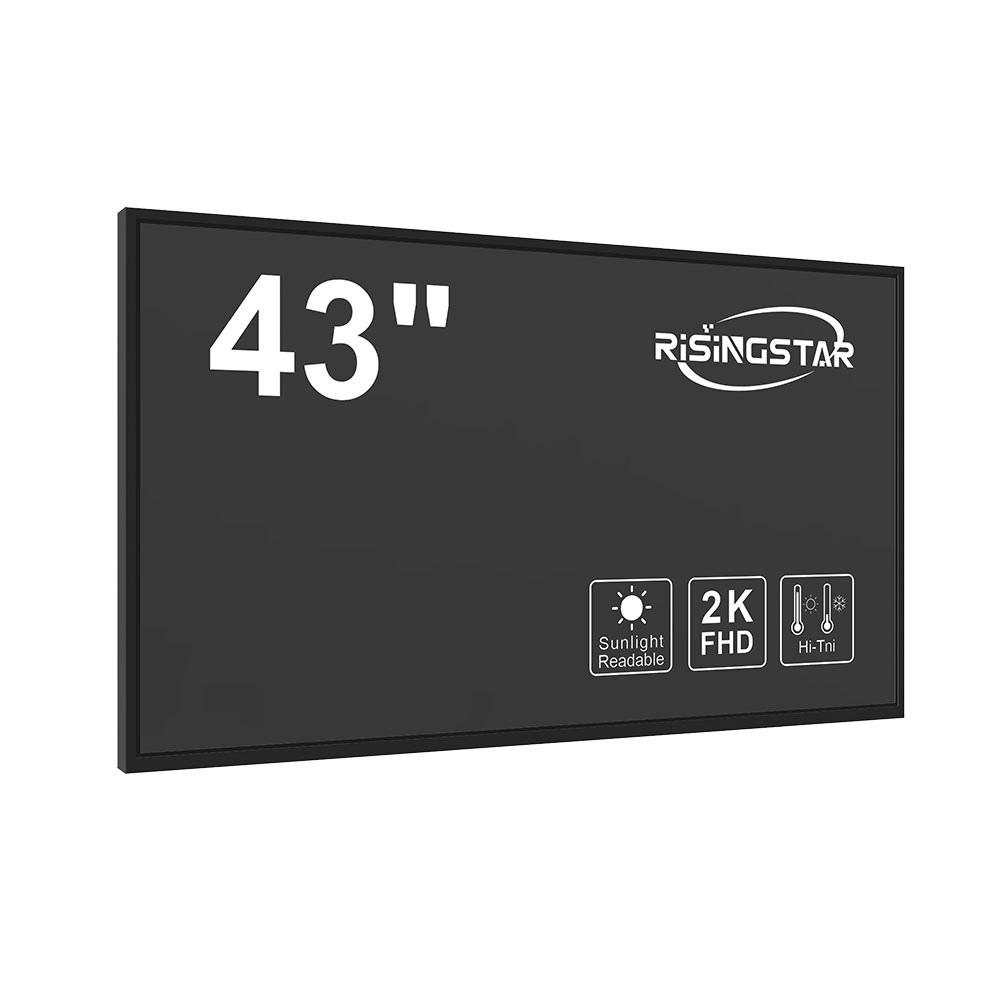Mura defects—subtle yet persistent visual anomalies on LCD screens—are a critical concern in the design and manufacturing of outdoor display systems. These imperfections, often described as uneven brightness, color blotches, or shadowing across the screen, are not just cosmetic issues; they directly impact viewer experience, brand perception, and product reliability. In outdoor environments where displays face direct sunlight, temperature fluctuations, and humidity changes, mura becomes even more pronounced due to stress on liquid crystal layers and backlight uniformity.
Industry data from the Society for Information Display (SID) shows that over 60% of outdoor LCD failures reported by manufacturers stem from mura-related root causes, including inconsistent pixel driving, backlight non-uniformity, and poor panel aging. For instance, when ambient light intensity exceeds 5,000 lux—a common condition in urban street displays—the contrast ratio drops significantly, making mura more visible. This is why reputable manufacturers now integrate advanced optical compensation films and adaptive brightness algorithms to mitigate these effects.
From an engineering perspective, mura can be categorized into three main types:

- Brightness Mura: Caused by uneven LED backlight distribution or faulty diffuser sheets.
- Color Mura: Results from misaligned RGB subpixels or aging color filters.
- Pattern Mura: Often linked to driver IC inconsistencies or defective TCON (Timing Controller) boards.
In real-world applications like digital signage in airports or traffic information panels, mura must be addressed through rigorous quality control processes. For example, a leading European display manufacturer recently reduced mura occurrence by 42% after implementing automated defect detection using machine learning models trained on thousands of high-resolution images captured under controlled lighting conditions.
To ensure long-term performance, outdoor LCDs should undergo accelerated aging tests per ISO 10995 standards and include built-in self-diagnostics for early detection of mura precursors. Additionally, specifying high-quality materials such as LG’s LTPS (Low-Temperature PolySilicon) panels or BOE’s full-array local dimming technology can significantly reduce mura incidence.
Ultimately, solving mura isn’t just about fixing pixels—it’s about designing robust, resilient systems tailored to harsh environmental conditions. Whether you're deploying outdoor displays for advertising, public safety, or transportation, understanding and addressing mura ensures your investment delivers clarity, consistency, and professional-grade visual output.







